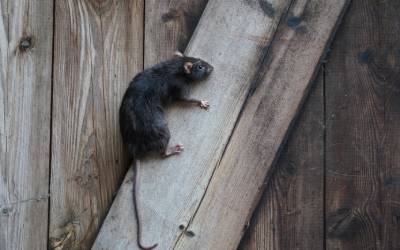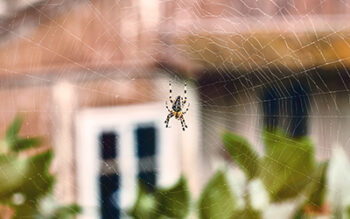
A pest infestation of any kind in your Tennessee home is cause for concern. For many homeowners, rats are a constant nightmare or fear we worry about, causing both long-lasting damages to your property and sanity. It’s best to never have to deal with them, but how do rats access the attic in the first place?
How Rats Get In the Attic
Most of us associate rodent activity with ground-level spaces, such as the basement or crawl space. However, rats in the attic are also fairly common. Some species like to climb, which allows them to scale the side of your home or building. They may also climb up nearby trees and jump onto your roof, where they will look for weak spots in your exterior to use as an entry point.
Signs of Rat Activity
Being aware of what signs to look for is the best first line of defense. These are a few of the top signs:
- Nesting Material: Rats will use chewed-up paper, cardboard, fabric, etc. as materials to build their nests. If you start finding long strips of shredded material, rats are likely about.
- Chewed Wires/Furniture: Rats need to constantly grind down their teeth throughout their lives, leading to them gnawing on wires, wooden furniture, and plenty of other items in your household. You may have unwanted roommates if it looks like a tiny woodchipper hit your home.
- Grease Marks: Rats tend to leave grease marks along the paths they run, so if you start seeing strange smudges along the walls or in tight areas, odds are it was left by a rat scampering around.
- Droppings: Due to not being latrine animals, rats will leave little “presents” all over your home for you to find. Rat droppings are 1 cm-1.5 cm, and somewhat bean-shaped.
The Most Common Rodents in Attics
There are two main varieties of rodents most commonly found in household attics, both of whom are ready to cause you strife. Here are today’s eligible squatters:
- The Roof Rat: 13 inches to 15 inches long, roof rats have the distinctive hunched back of every evil cartoon rat. Usually slender with grayish or black coloration in the fur, they’re agile climbers with padded paws and longer tails that they use to get around. They’re omnivorous so any food scraps, leftover grease, or open pet food is fair game to them, and they can spread over a dozen diseases.
- The House Mouse: 5 inches to 8 inches long house mice will occupy attics, wall voids and many other spaces in your home. Usually light gray to black, they reproduce extremely fast (A nearly 100X population increase in 8 months) House mice will tunnel through the building and chew wires, making your home a safety hazard.
Professional Rat Removal in Tennessee
If you’re worried you need to get rid of rodents in your attic, contact us at Allied Termite & Pest Control today! As part of the Rentokil family, we’re industry leaders in safe and humane pest control so your family will be minimally impacted by any pest removal. We utilize EPA-certified materials, and with nearly 50 years in the business we’re ready to make sure pest control is easy for you.





